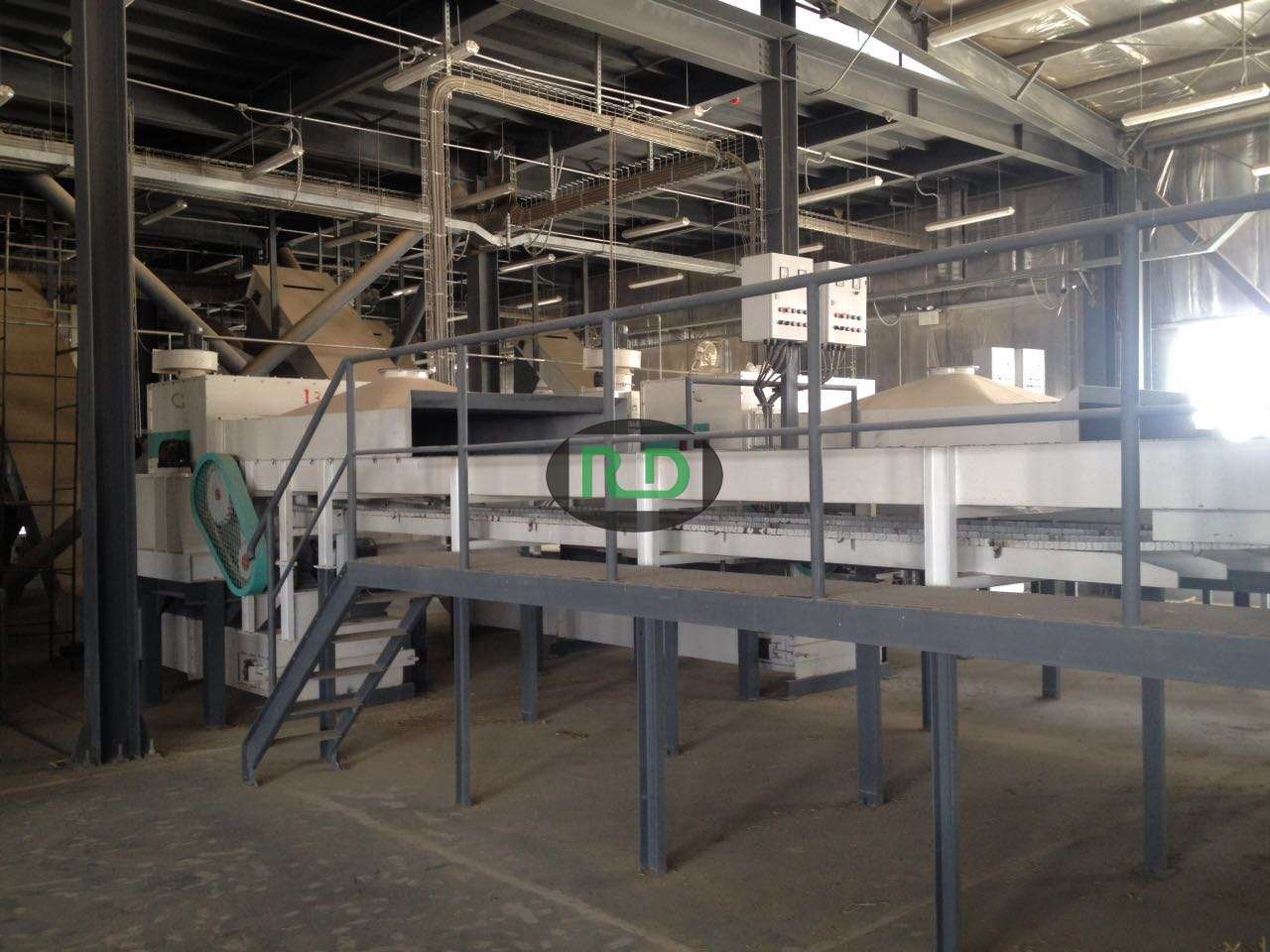Welcome to Rongda Machinery Co., Ltd
Toggle Navigation

Running a farm is no small feat. Between keeping animals healthy, managing costs, and staying ahead in a fast-changing industry, there’s a lot on your plate. If you’re still relying on old-school feeding methods or clunky equipment, you might be wasting time and money without even realizing it. Animal feed machines can change that, helping farms—whether you’re a small family operation or a large-scale producer—work smarter, not harder. Let’s dive into how these machines can transform your day-to-day and why they’re worth considering.
Farming comes with its share of headaches. Here are a few challenges I bet you’ve faced at some point:
Wasted Feed: Hand-mixing or outdated machines often lead to spills or uneven batches, which can waste up to a fifth of your feed.
Time Suck: Manual feeding eats up hours, slowing you down and making it tough to scale up.
Nutrition Gaps: Guessing at feed formulas can leave your animals short on nutrients, affecting their health and your bottom line.
Equipment Breakdowns: Old machines that constantly break down—or worse, lack decent support—can grind your work to a halt.
Sound familiar? Modern animal feed machines tackle these issues head-on, and they’re easier to use than you might think.
Here’s the deal: today’s feed machines aren’t just about churning out pellets. They’re packed with features that save you time, cut costs, and keep your animals healthier. Let’s break it down:
These machines use PLC control systems to mix proteins, grains, and additives with pinpoint accuracy (think less than 1% error). For example, a mid-sized pellet machine can crank out 200kg of customized feed per hour, whether you’re raising chickens, cows, or fish. Plus, their energy-efficient motors use up to 30% less power, so you’re saving on electricity while doing right by the environment.
Ever wish you could keep an eye on your feed production from your phone? IoT-enabled devices let you monitor inventory, track machine performance, and even get alerts if something’s off—all from an app. Some machines have self-adjusting systems with sensors that tweak mixing speeds or material flow to avoid jams or downtime. It’s like having a farm assistant that never sleeps.
Whether you’re running on a shaky rural power grid or a reliable 220V/380V setup, there’s a machine for you—electric or diesel-powered. Start small with a single pelletizer and scale up to a full setup (think crushing, mixing, and pelleting) as your farm grows. This modular approach means you’re not locked into a one-size-fits-all solution.
These machines are built to last, with high-chrome alloy molds and pure copper motors that can handle tough conditions for a decade or more. Plus, most come with 12-month warranties, on-site training, and 24/7 multilingual support—whether you’re in Africa, Asia, or the Americas. No more waiting weeks for a technician to show up.
Want proof? Take a fish farm in Bangladesh. They switched to automated pellet machines and cut feed waste from 20% to just 5%. That meant faster fish growth (15% shorter cycles) and a 40% jump in profits. Or consider a cattle rancher in the U.S. who slashed labor costs by 60% with a smart feeding system. Better yet, their precision nutrition led to higher-quality beef that fetched premium prices overseas. These aren’t just numbers—they’re game-changers for real people.
The 2025 Global Feed Machinery Report highlights some exciting trends:
AI-Powered Optimization: Machines that tweak feed recipes based on your animals’ health data in real time.
Zero-Waste Goals: New designs use biodegradable materials and quieter motors for greener production.
Connected Farms: Systems that link your feed machines to herd management apps and supply chains for seamless operations.
Investing in a feed machine isn’t just about upgrading equipment—it’s about setting your farm up for the long haul. You could see a return on investment in as little as 6–12 months, thanks to less waste and fewer labor hours. These machines use CE and ISO-certified components, tested to last through 100,000+ cycles. Plus, you’ll get tailored support from multilingual experts to help you pick the right model and troubleshoot any hiccups.
Curious about what’s out there? Check out our website or reach out to a local dealer for a quote tailored to your needs—whether you’re after a compact 80kg/hour unit or a 1-ton/hour powerhouse. You can also grab our free 2025 Feed Machinery Buyer’s Guide, loaded with practical tips and real-world examples to help you decide.
Don’t let outdated methods hold you back. Upgrade your feed game and give your farm the boost it deserves!